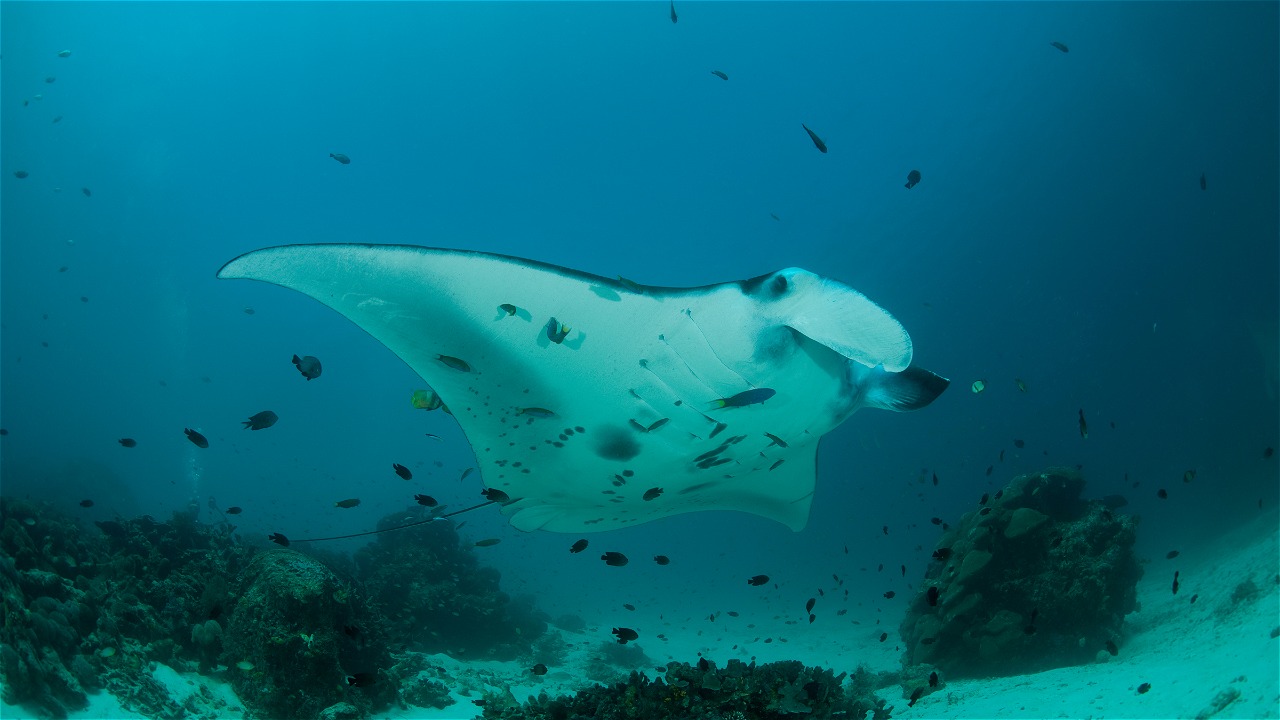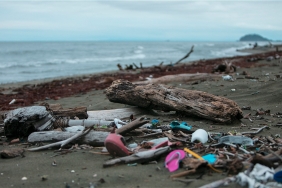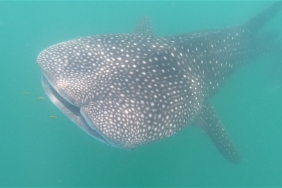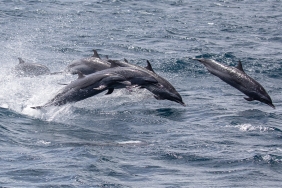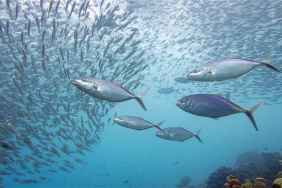SHARK AND MANTA RAY WATCHING IN KOMODO NATIONAL PARK
Author: Dwi Ariyogagautama (Bycatch and Sharks Conservation Coordinator)
Manta Point is the most visited destination for tourists coming to West Manggarai Regency. As one of the most famous dive spots in Komodo National Park, it promises guests an encounter with manta rays. Not only at this location, some shark encounter sites are also very high in visitors, such as Batu Bolong. The challenge of diving with the current does not discourage divers from continuing to come to these locations.
At least in the last six years, visitors to Komodo National Park have increased by 10.75%. The high number of tourists who come actually has the potential to threaten natural resources if not managed properly. This also affects the comfort of visitors who come to each dive site. The unregulated increase in the number of visitors to shark and manta ray dive sites and the lack of compliance with responsible animal interactions has put some of these dive sites at risk. Therefore, since November 2015, WWF-Indonesia together with the Komodo National Park Center conducted a carrying capacity assessment of shark and manta ray watching tours. The dive sites that became research stations were shark and manta ray dive points at Batu Bolong, Castle Rock, Crystal Rock, Golden Passage, Manta Alley, Manta Point (Makassar Coral), Mawan, Small Pengah, Big Tatawa, and Caulderon.
Attended by 24 participants dominated by representatives of dive operators and the local government of West Manggarai Regency, the initial consultation to refine the analysis of the ideal daily capacity of divers at each dive site was held on April 11, 2016.
During the event, academician from Hasanuddin University Ahmad Bahar explained the assessment of carrying capacity based on physical carrying capacity and tourist comfort. His calculations showed that the nine dive sites for shark encounters have a carrying capacity ranging from 10 - 319 people per day and the three manta ray encounter sites have a carrying capacity ranging from 52 - 365 people per day. These figures are expected to be the basis for dive tourism management that is not only comfortable for tourists but also does not disturb the ecosystem.
Based on a survey of 180 tourists from various countries who came to Komodo National Park and dived, 33% of tourists stated that they were interested in the attractions, such as sharks and mantas, 29% because of biodiversity, 13% because of the beauty of marine life, 10% wanted to see Komodo dragons, and 15% were interested in photography and getting up close to the culture of the local community. This shows that shark and manta ray diving is one of the main objects of tourists coming to this area. Threats to the shark and manta ray populations in the waters of West Manggarai Regency will have a major impact on the sustainability of tourism in this location.
The results of this carrying capacity study are expected not to stop at the number of divers per day, but can be continued with the formulation of procedures for regulation and supervision. Setting quotas for dive operators and implementing responsible dive tourism practices (best practices) could also be policy options.
To support this, WWF-Indonesia also created the Responsible Tourism Guidelines (Best Environmental Equitable Practices/BEEP) Responsible Marine Activities Series and Observing and Interacting with Marine Animals. Both guides were developed as a reference for tourists and tourism service providers to be wiser when conducting marine tourism activities.

